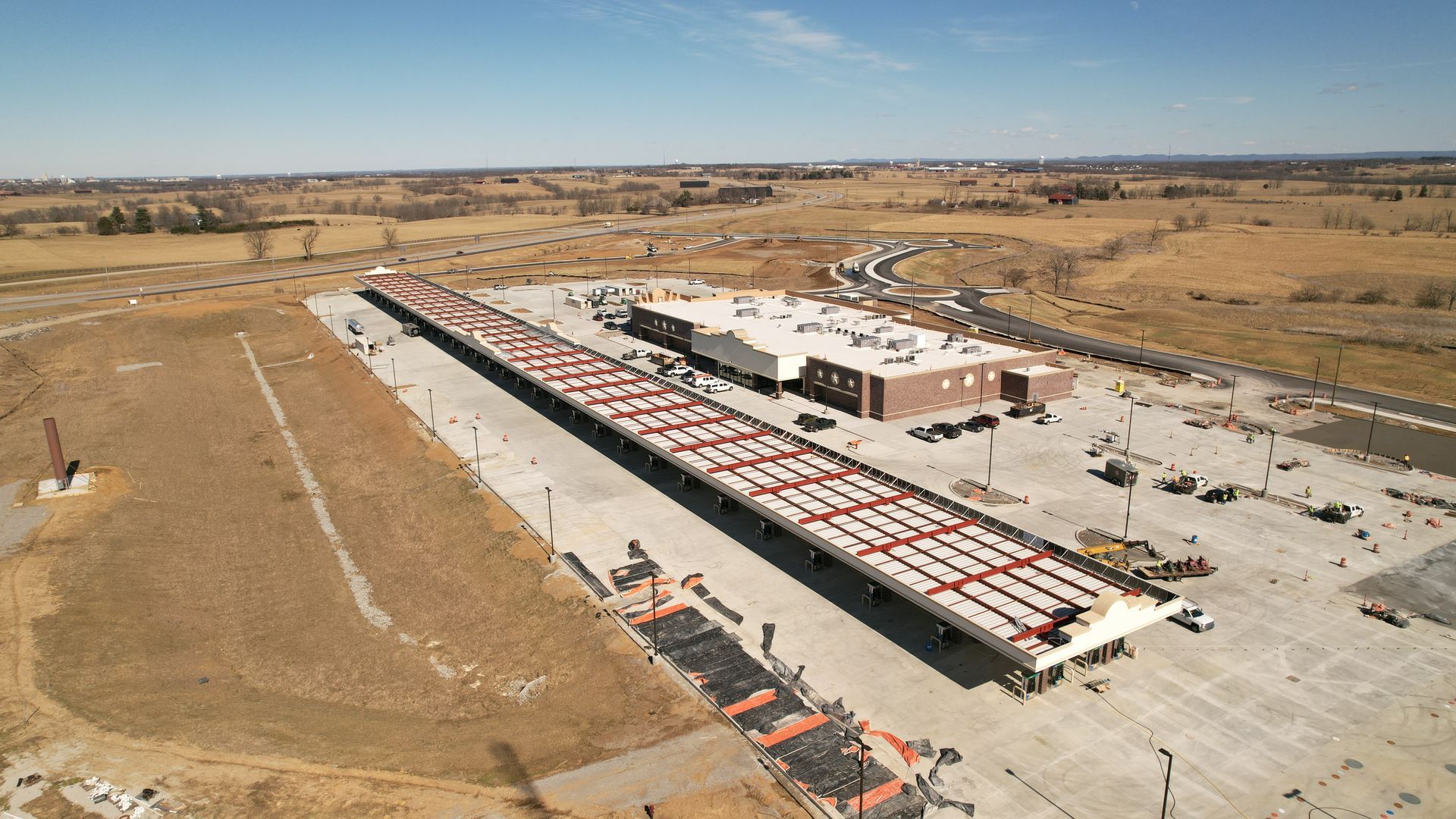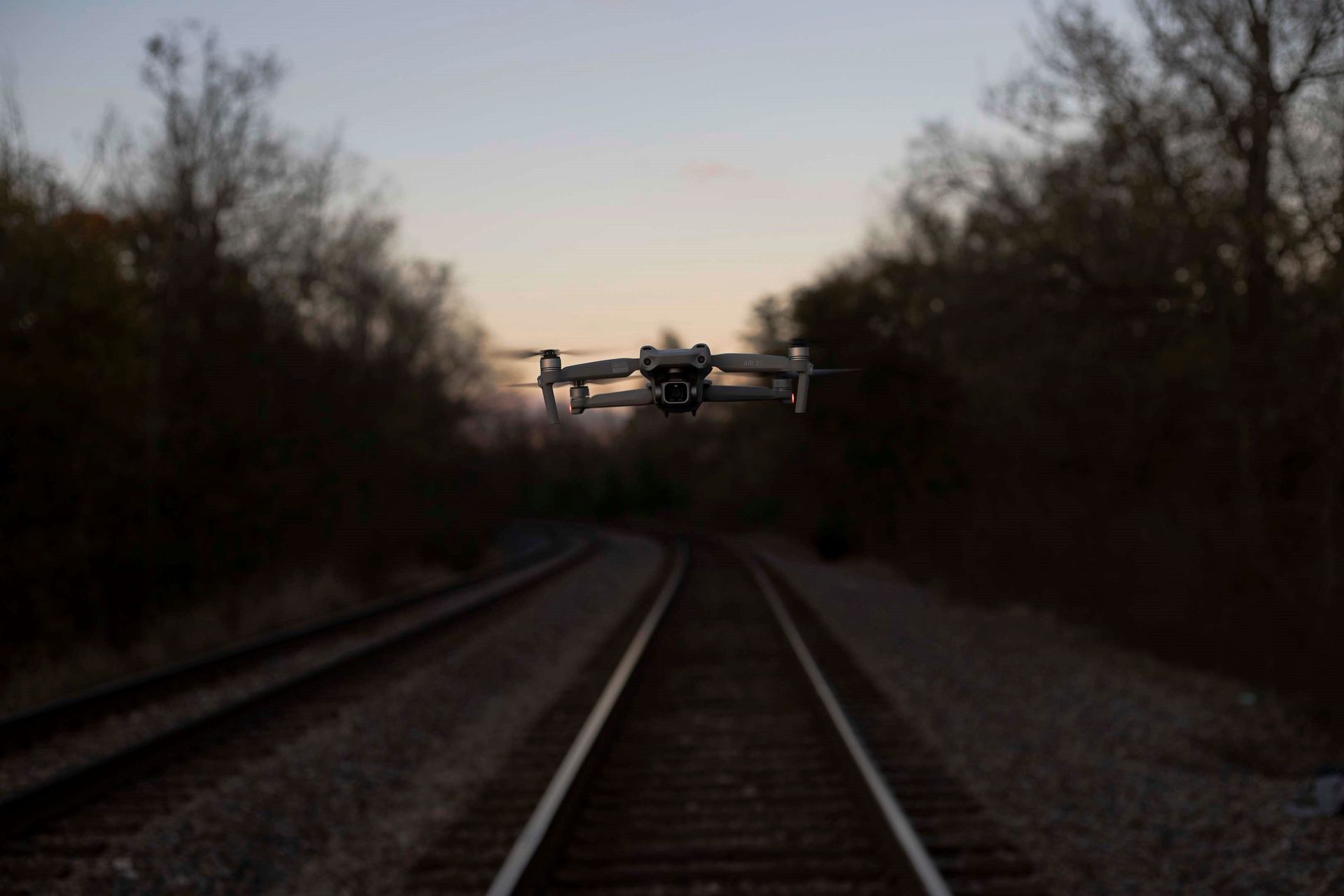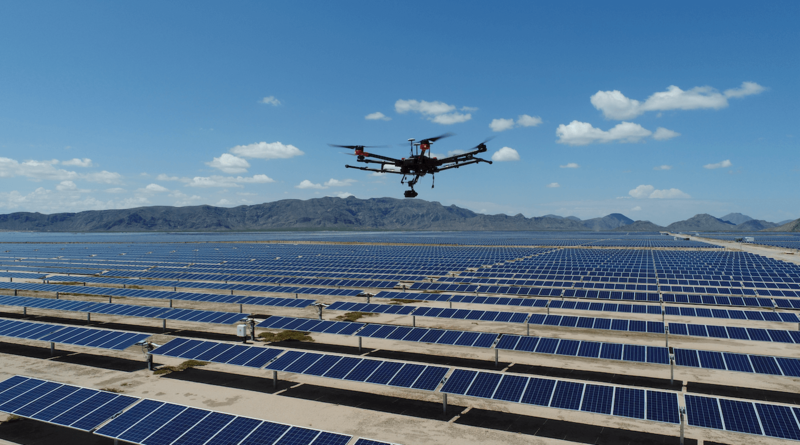Best Practices for UAS Pilots in Complex Environments
✈️ With over 10 years in aviation, including 400+ fixed wing flight hours and professional flight degrees, I'm sharing insights on reducing pilot mental workload in drone operations. From automated flight paths to leveraging visual observers, learn how to optimize focus and efficiency in complex environments. Perfect for peers, new drone pilots, and companies looking to optimize aerial missions and training.
Let me know some of your tips and best practices!

Imagine standing at the edge of a sprawling 200-acre plot, slated to become a state-of-the-art manufacturing facility. The task: to capture detailed aerial data vital to the engineer's design plans. There were multiple hurdles we needed to jump over before this mission could be marked completed. We needed to reposition multiple times to maintain regulatory compliance and ensure robust transmission connectivity. Adding to the tension, the weather forecast predicted incoming storms, which threatened to cut our mission short. We managed all of this while ensuring accurate data capture.
Introduction
Our strategy involved meticulous planning and rigorous safety protocols. We conducted thorough pre-flight inspections, mapped out detailed flight paths, and coordinated closely with a visual observer who helped monitor the drone’s surroundings. Despite the looming weather, we managed to complete the mission successfully, providing accurate data critical for the project's next steps. This experience underscored the importance of preparation, adaptability, and teamwork in navigating complex environments when it comes to UAS operations.
Introduction
Operating drones in complex environments demands a blend of skill, precision, and thorough preparation. Whether you're navigating urban landscapes, construction sites, or rugged terrains, each scenario presents unique hurdles. As someone who hails from a regulatory and safety-focused industry, I’ll share key best practices that can help UAS pilots successfully tackle these intricate operations while ensuring safety and efficiency. These tips include flight planning, decreasing the pilot's mental workload, and utilizing a visual observer.
Safety Protocols
Safety should always be the top priority. Here are some essential safety measures to follow:
- Pre-Flight Checks: Conduct thorough pre-flight inspections of the drone and all equipment. Ensure that batteries are fully charged, and all systems are functioning correctly.
- Risk Assessment: Evaluate the environment for potential hazards. Identify no-fly zones and areas with high risks of interference or obstacles.
- Emergency Procedures: Have a clear plan for emergency situations. Know the location of safe landing zones and establish communication protocols with your team.
Operational Tips
Here are some practical tips for successfully navigating intricate environments:
- Plan Your Flight Path: Carefully plan your flight path to avoid obstacles and minimize risks. Use mapping software to create a detailed route.
- Decrease Pilot Mental Workload: Reducing the mental workload of the pilot is crucial for maintaining focus and making quick decisions. Utilize automation features available in modern drones, such as automated flight paths and obstacle detection systems. Delegate tasks to a visual observer or other team members to allow the pilot to concentrate on the critical aspects of the flight.
- Visual Observer: Use a visual observer to help monitor the drone’s surroundings. A second pair of eyes can spot obstacles and potential hazards that might be missed by the pilot.
Conclusion
Flying drones in intricate environments requires a combination of thorough preparation, adherence to safety protocols, and practical operational strategies. By following these best practices, UAS pilots can ensure successful and safe operations, even in the most demanding conditions. As the industry continues to grow, sharing our experiences and knowledge will help us all improve and innovate.



